There’s a woman on my Instagram ‘explore’ page who reminds me of myself. She’s lifting dumbbells, but she doesn’t have a bouncy ponytail. Her hair’s in the kind of messy bun I throw mine into, her workout clothes aren’t on trend and I can see a bowl of pet food in the background.
And she’s not big, but she sure isn’t the body type you’d file under ‘fitfluencer’.
“No fitness girlies here… just midsize moms, full-time jobs, and no matching cute outfits,” reads the text overlay.
Something in my brain lights up with a jolt of recognition. I didn’t get that when plus-size body positivity was the trend, I didn’t get it after I had a baby and didn’t look like the linen mums, and I certainly never got it from the beauty standards I grew up with in the ’90s, when Kate Moss was the dominant shape to aspire to. I’m a size 14-16, big enough to always feel wrong, but not big enough to claim the plus-size label.
I’m also not on TikTok, which is probably why it’s taken me a while to see the “midsize” hashtag. It started about a year ago in the fashion corner of Gen Z’s favourite social media app, when women began doing “fit checks” and “get ready with me”, showing off their new clothes and styling prowess. So far, so nothing new, except that these women were proudly sharing that they were a size 12, 14, 16 – and they weren’t talking about ways to look smaller. They were owning that they were, quite matter-of-factly, midsize.
That’s how Lindsey Murray (@lindseysmurray), the “midsize mom” in the video I was served on my explore page, first came across the term. “I was looking for clothing options that fit my body,” the 36 year old from Florida tells me. “It immediately caught my attention because it seemed to show women like myself. Women who aren’t plus-sized but also aren’t a size small… I don’t generally see clothing being styled on my body type. Growing up I never understood why I looked a certain way or fit clothing differently to my friends. It has helped me realise that there is a whole community of women who share similar experiences and struggles, and aren’t trying to fit themselves into a smaller package.”
She began using the term on TikTok and Instagram when she embarked on a new fitness regimen; now, she has 85K followers there, and 106K followers on Instagram. “At first I was nervous to show up as myself, showing angles most people don’t see, but the feedback from my followers has been overwhelmingly positive. They find inspiration in knowing that they are not alone in their struggles and that it’s OK to show up messy, real, and authentic.”
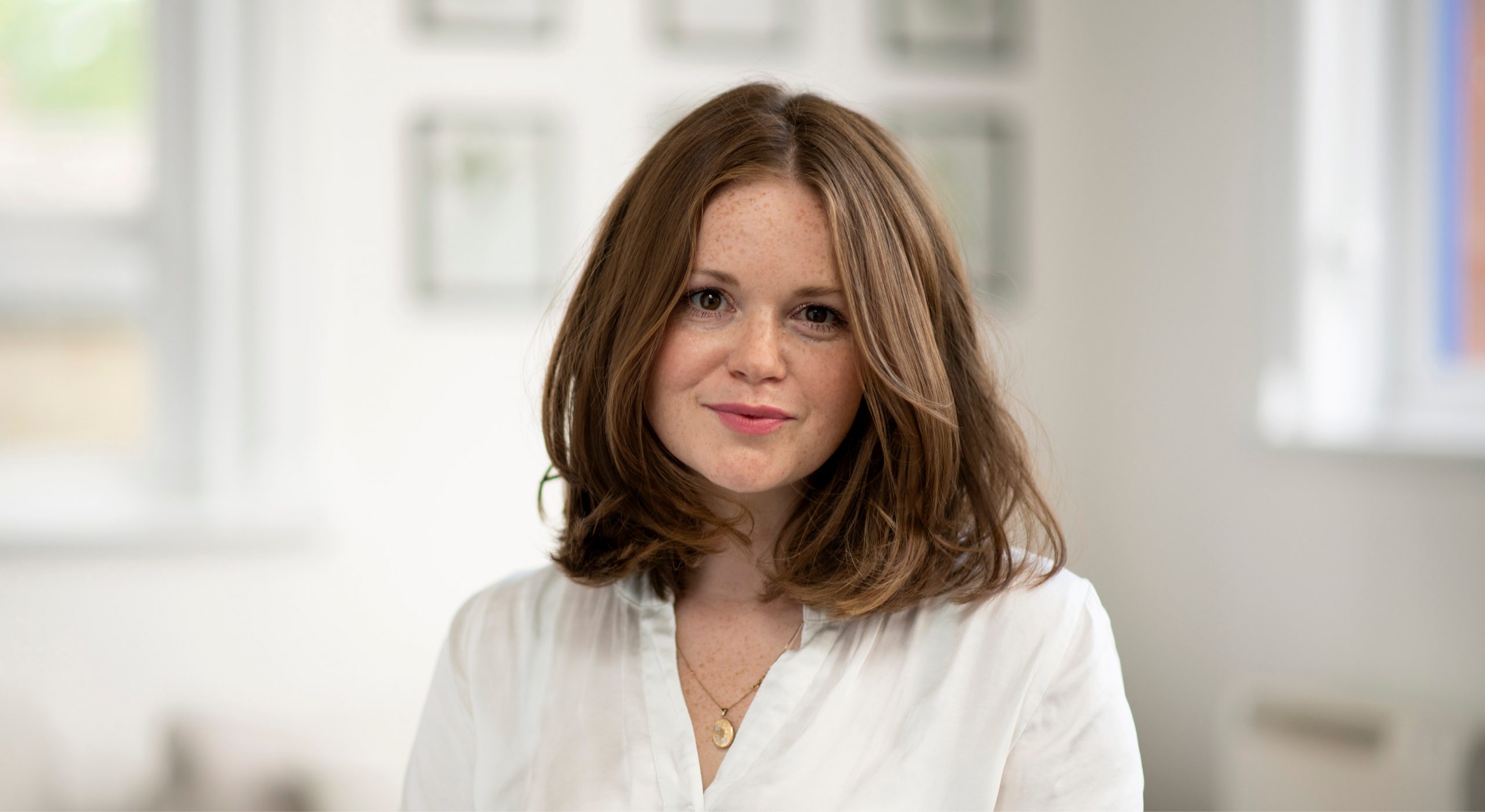
Sara McCorquodale, CEO of London-based Corq Studio, is an expert on influencers and social media. She believes the midsize trend is bridging a divide between industry and real life. “There is quite a vast difference between what the fashion industry is creating and sartorial creator trends,” she says. “The latter is closer to the culture and ultimately aimed at helping people with everyday dressing.
“Midsize influencers are providing a helpful service with their content as they are looking across retail and saying ‘these garments look great on our bodies’. All influencer content comes out of consumer demand. If influencers’ followers didn’t respond to them positioning themselves as “midsize”, the term wouldn’t have spread. The influencer-consumer dynamic is built on demand and supply – it’s how the influencer grows their platform and why their followers stay engaged.”
I thought of this as I scrolled through my usual go-to online stores trying to decide on new swimmers (and maybe a new dress) to buy for our family holiday to Fiji, where I’ll celebrate my 40th… which feels like a very mid-size mom thing to say. All the models were smaller than me and, as usual, I spent an inordinate amount of time examining the details, trying to imagine whether they’d work on my body. The belt on that swimsuit is a touch lower than I’d like. The jersey on that dress will likely cling to my stomach the way it definitely doesn’t on the size 8 model.
But over on TikTok, @taryntruly.unfiltered (“Your size 14, apple shape fashion sister”, 665K followers) has a plethora of outfit and styling ideas for holidays, on a body that’s way closer to mine. “Midsize swimsuit for curvy girlies” offers me a cute suit and a pep talk on the side. In “Midsize vacation outfit inspo” she’s jiggling her tummy before tying up a lovely wrap dress; in “hot mom midsize outfit inspo” she’s calling me bestie. I know it’s all carefully crafted for the camera, but my god, she looks great. I want to be this woman’s friend, and holy shit I want that outfit.
Chloe Ferrari, an Adelaide-based midsize influencer with a TikTok following of 250K, thinks what she and other midsize accounts are offering is useful. “I think it’s important, because when you go to buy clothes, it’s always just been a very straight, slim body and you know that when you buy that clothing it’s not going to look like that. I think we head to Instagram or Tiktok to look for inspiration, and now we can see it on a body like ours,” she says. “Besides, if one person sees my Instagram and thinks, oh that person’s got a body like mine, I know that’s a nice feeling. I’m a huge believer in following what makes us feel good. Because if that’s what we’re seeing in our feed, and we’re not seeing toxic stuff, we’re just naturally going to feel better about ourselves.”
Of course, it’s not entirely altruistic – most of the big midsize influencers have income attached to their profile, whether through paid content (Ferrari works with brands like Bonds) or other marketing (Murray works for a fitness company that she promotes). And as usual, with one trend rising, another is on the decline: body positivity’s moment in the sun appears to be on the wane.
“Body positivity definitely had its purpose and moment but I don’t know if it is regarded well these days,” says McCorquodale. “The reality is most people have days where they feel rubbish and no amount of Instagram sloganing actually changes that. I think body neutrality is the healthier and less oppressive mindset.
“There has been something of a super-skinny re-emergence and I think the midsizers offer a healthy alternative view of style that is more relevant to more people. Digital style content has really challenged the view that one body type can participate in fashion and the midsizers are important to perpetuating that.”
And this midsizer and her new red swimsuit thank them for that.




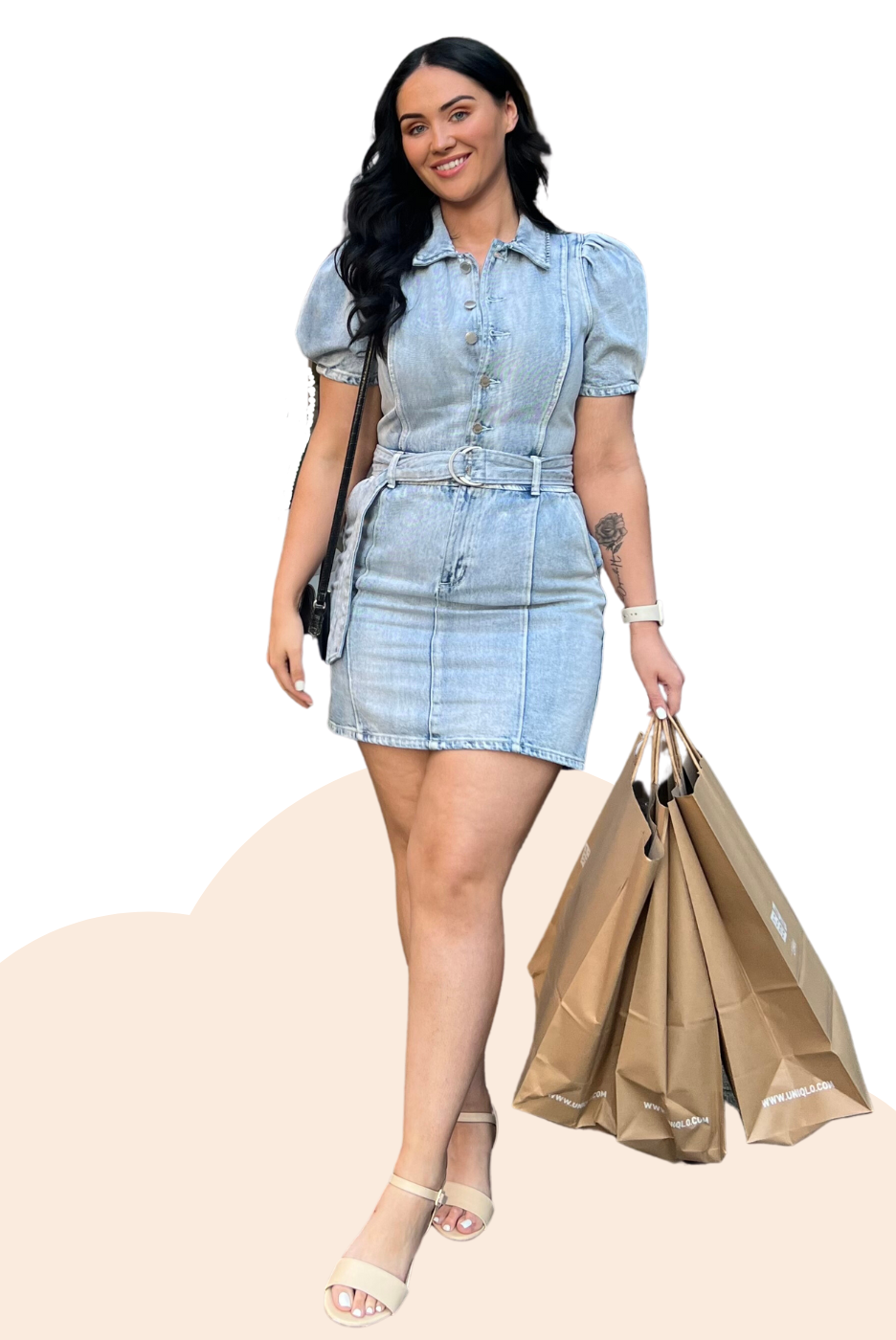



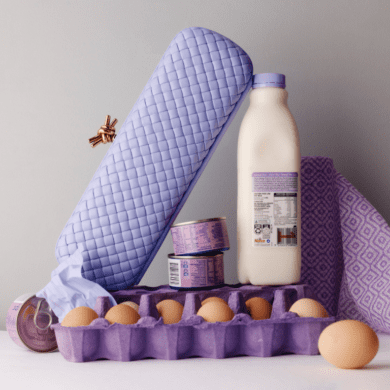
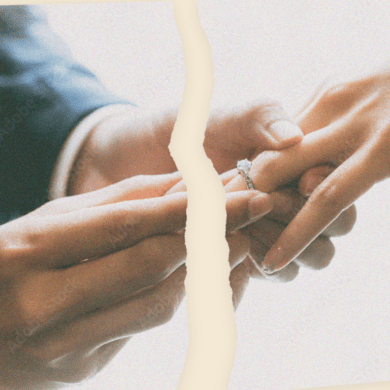
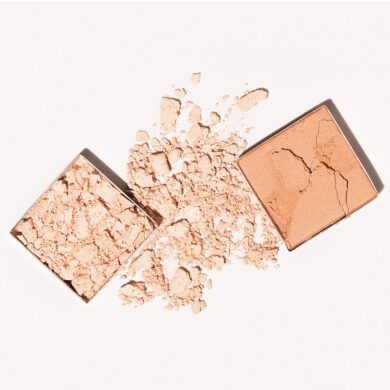

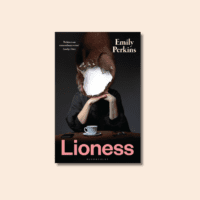
No Comments